Despite having lived most of his life in Paris, it was in Barcelona that Pablo Picasso began his career as an artist. Moving around inside Spain as a teenager allowed him to grow artistically, developing his craft in ways that impacted the rest of his career.
Related article: Discover Museu Picasso with ShBarcelona
Table of Contents
Born and raised
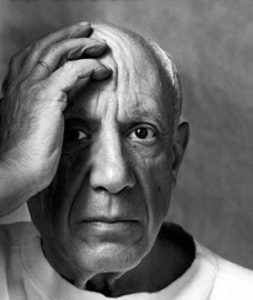


Photo by: teadrinker via Visualhunt
Born in Malaga, in the south of Spain, Picasso moved to Barcelona when he was only 4 years old, beginning his path to becoming one of the greatest artists of the 19th century. First, he studied at La Llotja School of Fine Arts (today called Reial Acadèmia Catalana de Belles Arts de Sant Jordi) for about 2 years, the same school that Miró would later attend. At age 15, Pablo Picasso worked on his first art studio on Carrer de la Plata, nowadays a tapas bar with a big reproduction of one of the artist’s most famous paintings in its façade.
In 1897, Picasso spent 2 years in Madrid to attend the best school in Spain, the San Fernando Academy of Fine Arts. But his rebellion brought a distaste for formal studies, so he spent most of his time walking around the Prado Museum, studying the masterpieces of great artists such as Velazquez, El Greco and Goya. Their influence can be seen today in all of his work.
One of the chosen places for the artist’s daily life was El Quatre Gats café, bursting with artistic life. It was here where Picasso presented his first exhibition, in 1900. The restaurant’s menu still has the title page that Picasso drew for them.
Related article: Finding Contemporary Artists in Barcelona
The artist’s influence
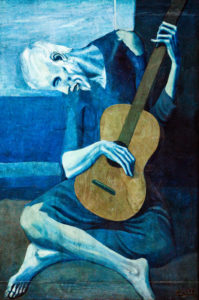


Photo by: Thomas Hawk via Visualhunt
The Catalan capital was a great inspiration for Picasso’s work. In here, he was exposed to progressive art and cultural expression embedded in society. At this moment in his life, entering adulthood, the city became his muse, and Picasso created thousands of drawings that can be seen today at the Barcelona’s Picasso Museum.
It was also in the beginning of the 20th century that Pablo Picasso took a trip outside Spain to visit Paris. When he returned to his home, the fresh view, the rested eyes, and the influences brought him the epiphany that would become the well known “blue period” of his painting, a collection of works in blue tones with a mournful note. At this time he painted mostly beggars, prostitutes, and Barcelona’s inspired landscapes.
The fact that his family moved a lot had a positive effect on Picasso’s success as an artist. It gave him the opportunity to be exposed to different ideas, different people, different kinds of emotional and artistic expression and even different cultures.
The artist left Barcelona for good in 1905, settling in Paris, but the influence of the Hispanic culture and of his home never left his heart.
Today, Picasso’s life in Barcelona can be witnessed by visitors in his museum. It is a space that doesn’t show random times of his life, but specifically the time he lived in Barcelona.
If you are interested in visiting Picasso’s museum and to explore Barcelona, ShBarcelona can help you find the perfect apartment for your stay.









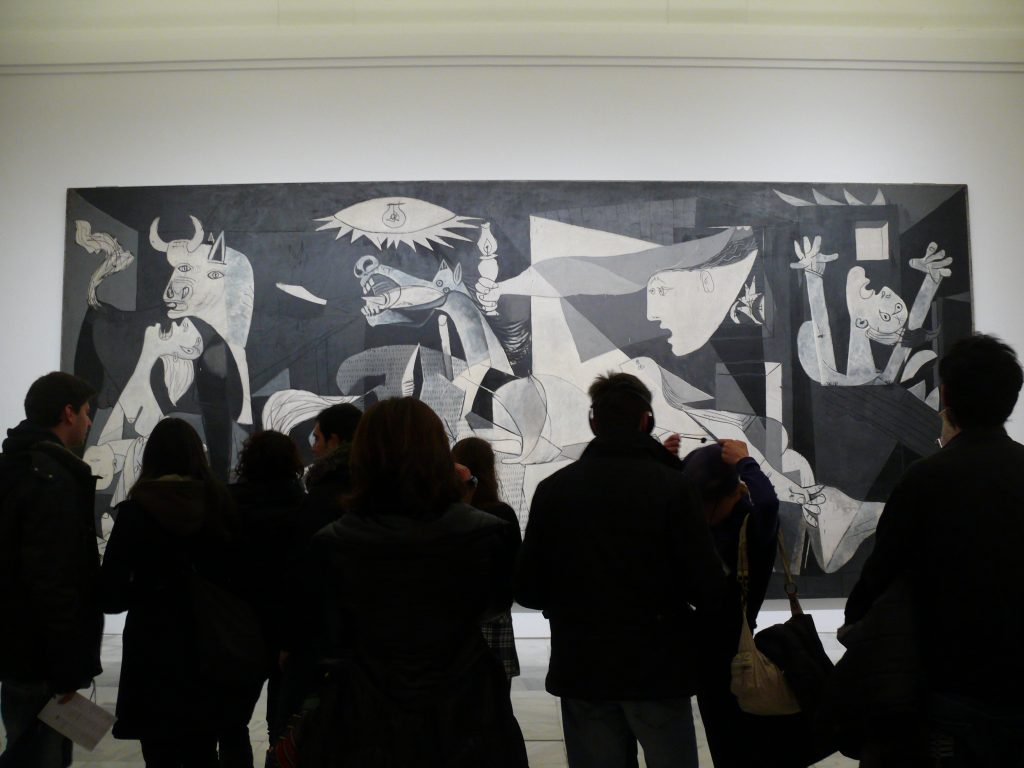




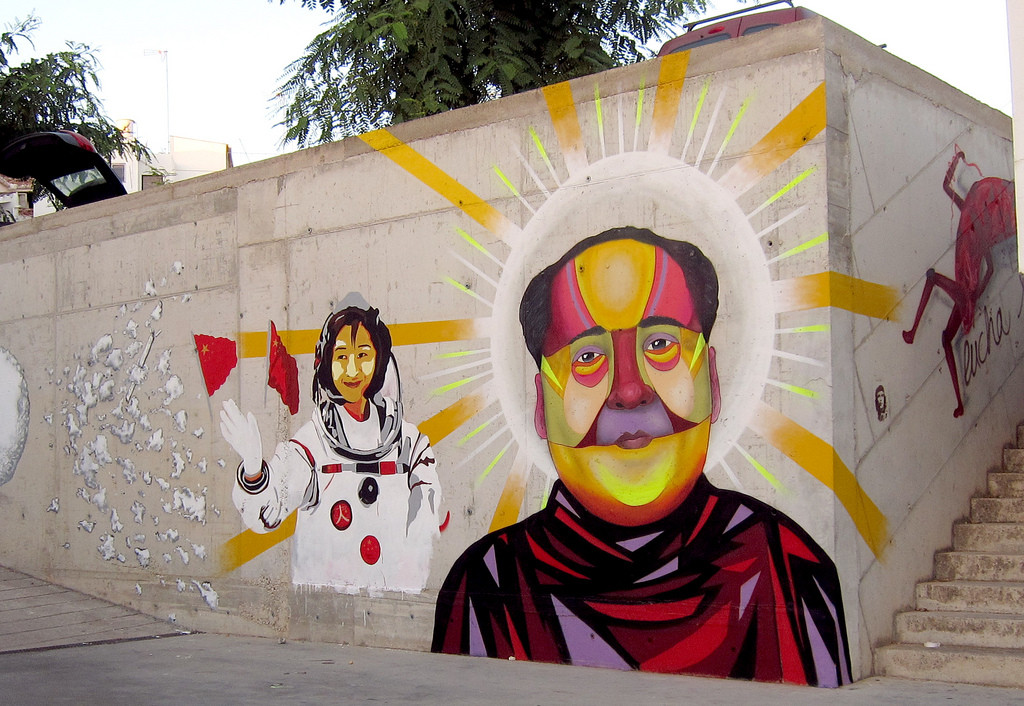

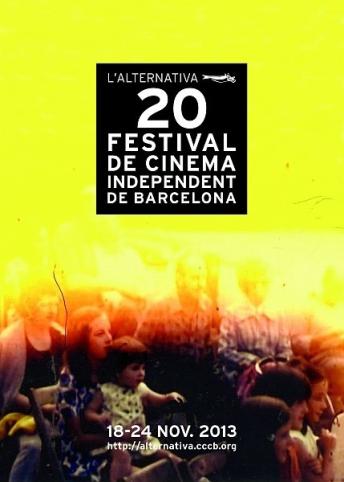
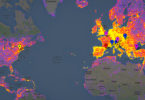


Leave a Comment